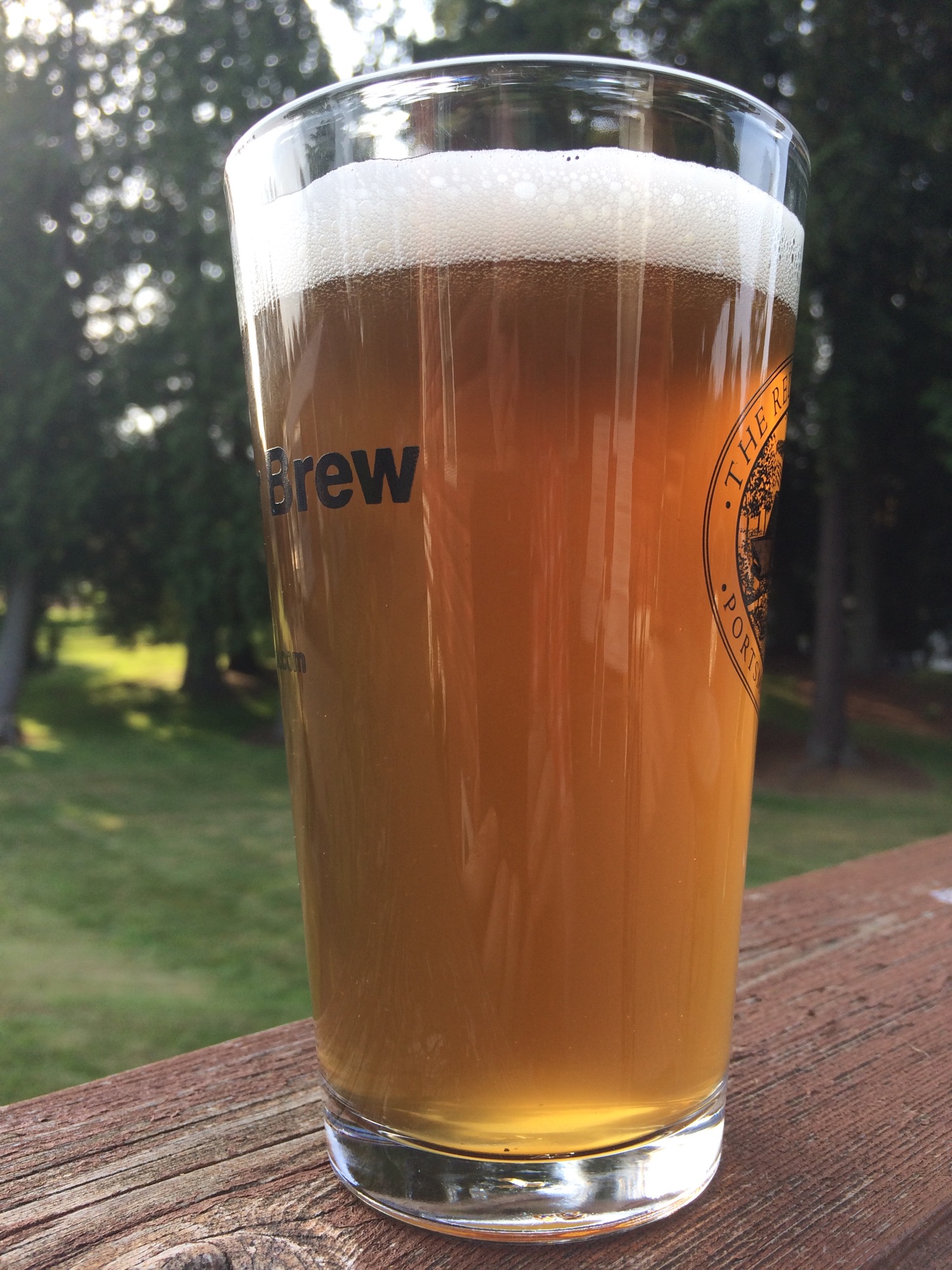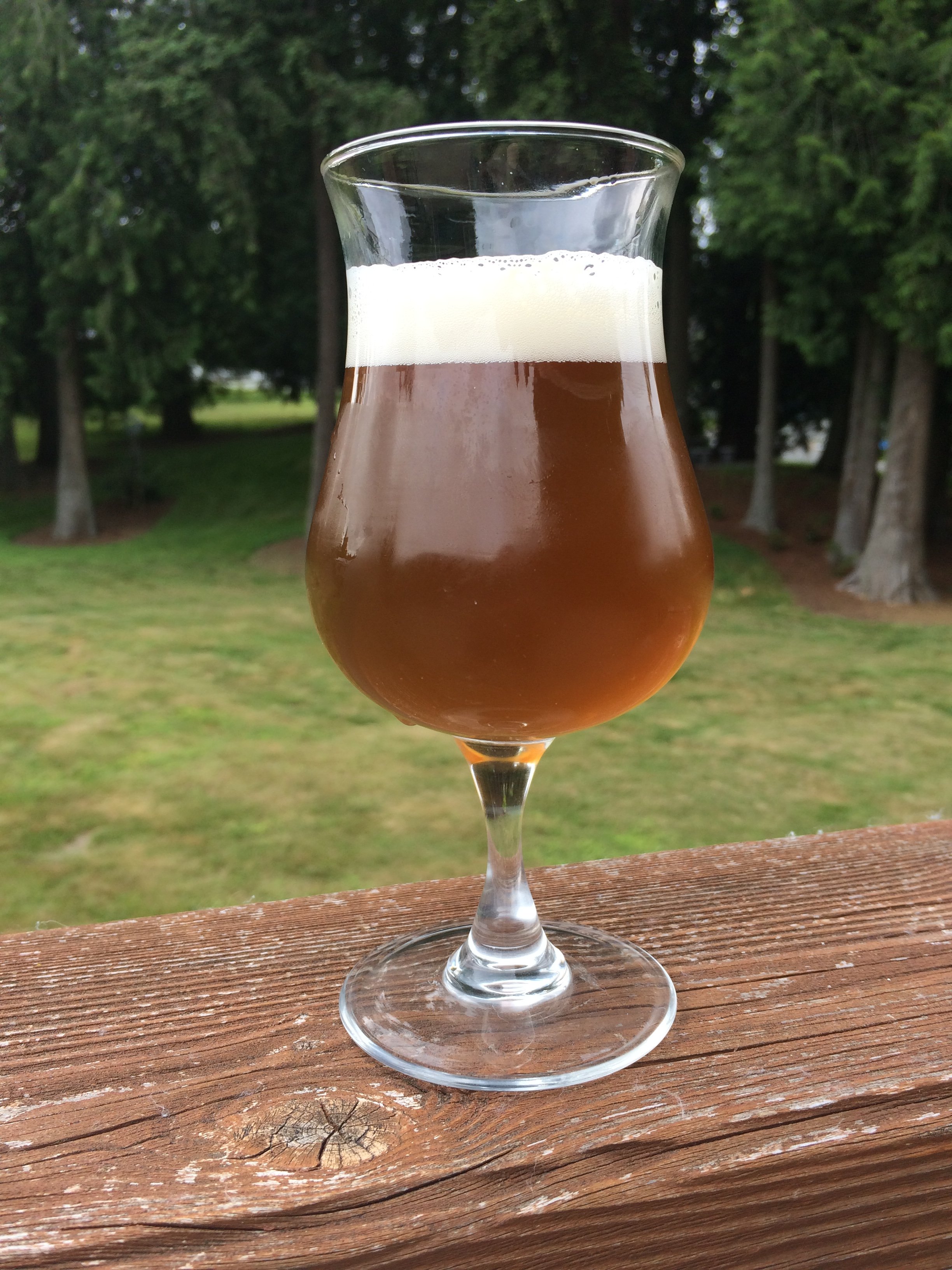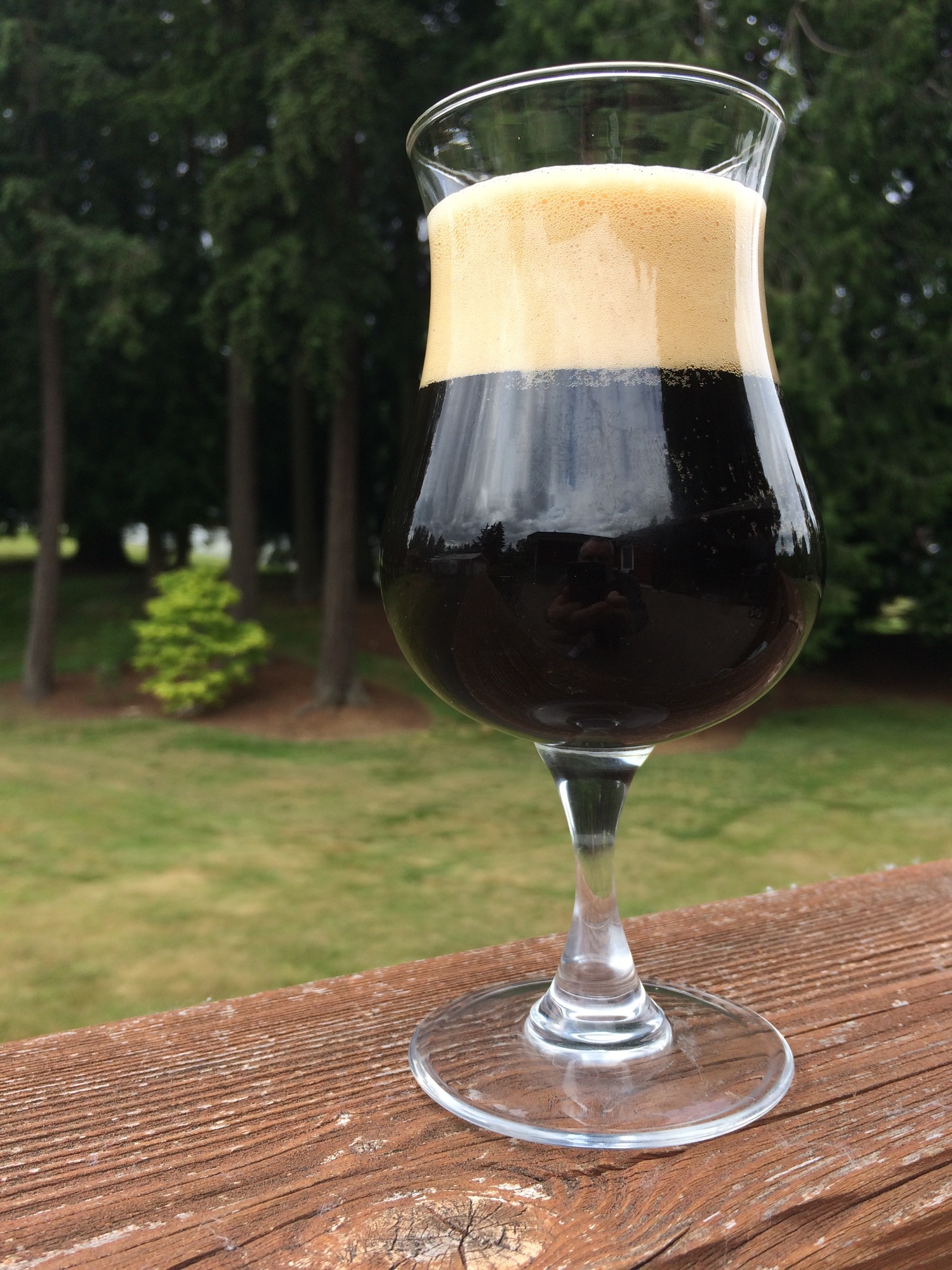recent convert to all-grain, and who has been brewing extract with specialty grains for a couple years. started out brewing as part of a group buy from a HBer who was moving and had to sell off his gear, and dwindled down to just me over the first year.
- insulated 15G stainless mash tun with a redd-nekk homemade HERMS system so I can adjust mash temps if/when I want
- 5G sized batches of mostly 2xIPA or Imperial Stouts
- recently added a mini freezer, inkbird temp control, and fermwrap to better control fermentation temps ... and have opened the door to lagering, so I anticipate a couple of these on the near horizon
- insulated 15G stainless mash tun with a redd-nekk homemade HERMS system so I can adjust mash temps if/when I want
- 5G sized batches of mostly 2xIPA or Imperial Stouts
- recently added a mini freezer, inkbird temp control, and fermwrap to better control fermentation temps ... and have opened the door to lagering, so I anticipate a couple of these on the near horizon












































![Craft A Brew - Safale S-04 Dry Yeast - Fermentis - English Ale Dry Yeast - For English and American Ales and Hard Apple Ciders - Ingredients for Home Brewing - Beer Making Supplies - [1 Pack]](https://m.media-amazon.com/images/I/41fVGNh6JfL._SL500_.jpg)
















